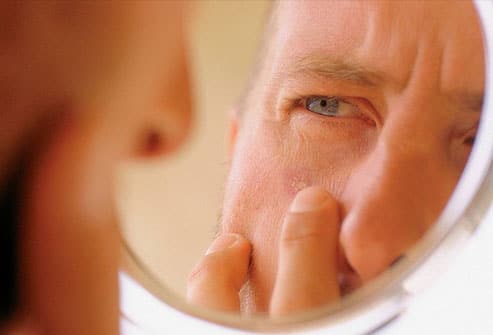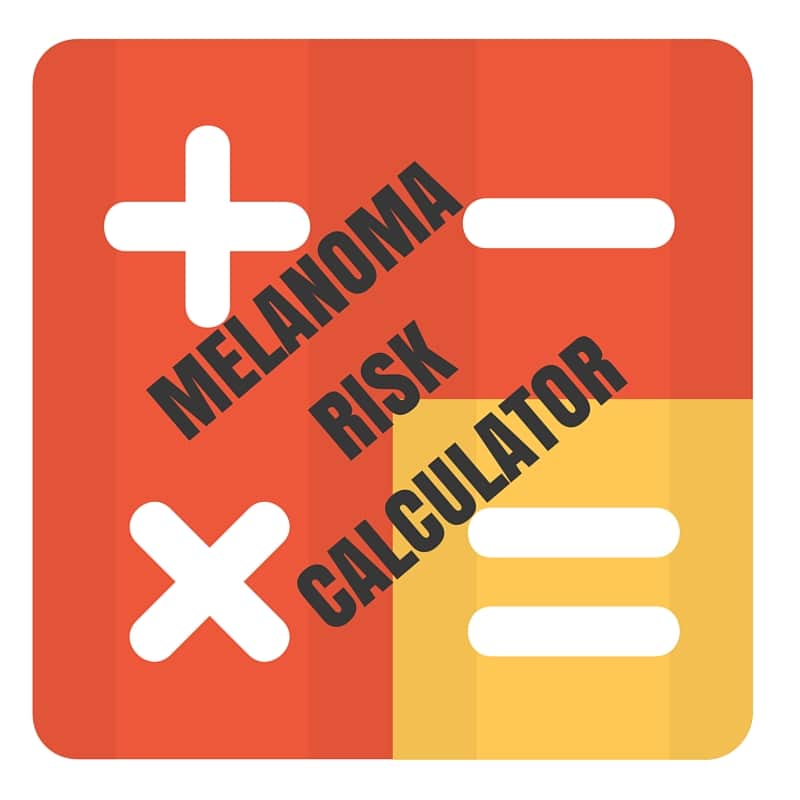Self Skin Checks
Anyone who has been sunburnt or spent a lot of time outdoors is at risk of sun damage. The more sun exposure you have had, the more likely you are to have sun damage.
Everyone living in Australia’s harsh climate should get into the habit of doing regular self skin checks. This is because the effects of sun damage can take decades to appear on the skin. Many people over the age of 40 lived in the pre-SLIP SLOP SLAP era, and consequently spent time in the strong Australian sunshine with little to no protection.
What you need
Bright light
Handheld mirror
Blow drier
Pencil
Full-length mirror
Handheld mirror
Chair or stool
Body maps

It’s important to get to know your skin. Examining your skin will help you notice changes and learn what is normal for you. Skin cancers that are found and treated early will need less invasive treatment and have a better outcome.Make it a habit to examine over your skin every 3 months.
It is recommended to perform a skin self-exam every couple of months. Check your skin in a well lit room using a full-length mirror and a hand-held mirror. The best time to examine your skin is immediately after a shower. Learn where your birthmarks, moles, and blemishes are and what they usually look and feel like. You may need to get someone to check hard-to-see areas. You can identify the warning signs of melanoma by looking for the ABCDE of melanoma:
– Asymmetry. One half is unlike the other half
– Border. Irregular, scalloped or poorly defined border
– Colour Varied from one area to another; shades of tan and brown, black; sometimes white, red or blue.
– Diameter usually greater than 6mm; but we aim at diagnosing melanomas as small as 1mm.
– Evolving. A mole or skin lesion that looks different from the rest or is changing in size, shape or colour
How to Check Your Skin
Checking your skin means taking note of all the spots on your body, from moles to freckles to age spots. Skin cancer can develop anywhere on the skin and is one of the few cancers you can usually see on your skin. Ask someone for help when checking your skin, especially in hard to see places.
– Examine body front and back in mirror, then right and left sides, arms raised.
– Examine back of neck and scalp with a hand mirror. Part hair for a closer look at your scalp.
– Bend elbows, look carefully at forearms, back of upper arms, and palms.
– Check back and buttocks with a hand mirror
– Finally, look at backs of legs and feet, spaces between toes, and soles.
Calculate your risk of melanoma
This calculator was made possible by support from Emily’s Foundation . Researchers at the Victorian Melanoma Service have developed this melanoma risk prediction tool based on the best available evidence for individual risk factors.

By regularly checking your skin, you give yourself a good chance of spotting the signs of sun damage before they become serious. Regular self skin checks will not only help you get to know your own skin, they will also help you gain a greater understanding of what is normal on your skin, and what is not. In particular, getting to know your own skin will help you in identifying any new or changing areas of sun damage.
The more regularly you check your skin, the greater the chance of detecting a potentially pre-cancerous area of skin before it has the chance to progress to something more dangerous. Sun spots and skin cancers that are identified and treated early have a better outcome than most other types of cancer. It is rare to find just one sun spot, usually the surrounding area is damaged as the sun’s rays affect all exposed skin and not just the visible sun spot.


